Kerdi-Board Building Panels
Better Tile Substrates, Faster Installations
Sponsored by Schluter
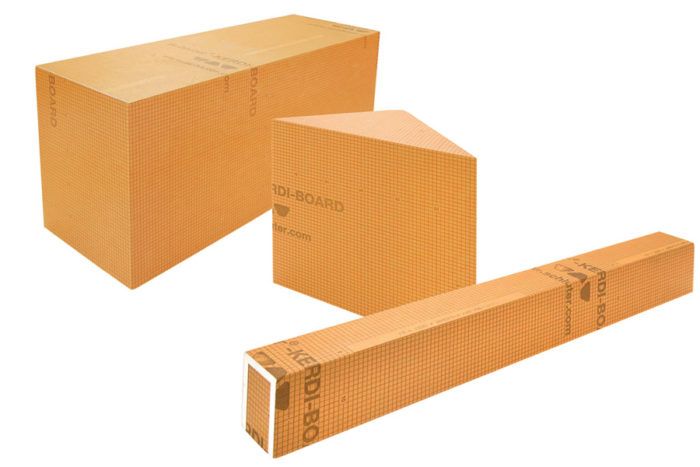
Many substrates are unsuitable for tile installation, especially in areas with high moisture. They can require additional preparation and waterproofing before tile can be installed. Multifunctional foam building panels, like Schluter Kerdi-Board, provide the tile setter control over the installation by providing the means to simply and easily create ideal substrates for tile.
These foam boards consist of a foam plastic core (extruded polystyrene), sandwiched by reinforcing layers to provide stiffness. A fleece layer serves as the bonding surface for the thin-set used to install the tile. Panels are waterproof, stable, lightweight, and easy to handle, cut, and install, making them an excellent substrate for tile. There is often a wide range of thicknesses to suit various applications.
Prefabricated components for shower applications, including niches, benches, curbs, and ramps, are waterproof, stable, and ready to tile. They are easy to install, saving time and increasing productivity, and integrate simply with foam panels or bonded waterproofing membranes.
Curbs can be built-up using conventional building materials, but this is time-consuming and requires complete waterproofing. Foam curbs are fast and can be seamlessly installed into the surrounding waterproofing system.
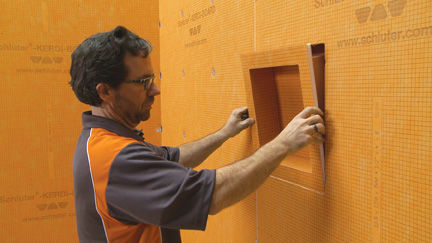
Most Common Building Panel Applications
Walls: Foam panels can be fastened to framing and replace drywall or cement backer boards. The assembly is completed by sealing seams and penetrations, rather than applying a membrane over the entire surface.
Masonry and finished walls are often unsuitable for tile because they can be uneven or difficult to bond to. Foam panels can be fully embedded in thin-set mortar or spot-bonded to the wall. Spot-bonding the panels allows for adjustment to achieve plumb wall surfaces and square corners.
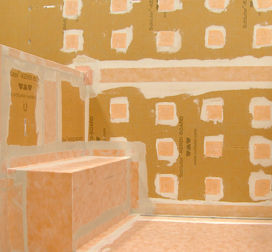
Partitions: Partitions are commonly used to separate shower or toilet stalls or to divide rooms. Using masonry blocks or framing is time-consuming and often requires further preparation before tiling. Foam panels, typically 2″ thick, provide an efficient alternative. They can be bonded with thin-set mortar or adhesive and anchored to floors and walls or stabilized with reinforcement profiles.
Niches: Niches are a popular solution for storing toiletries in the shower. Foam panels can be cut and waterproofed to create a custom niche, or a prefabricated niche can be inserted into the wall as a simple solution to what was previously a challenging feature to build properly.
Benches: Custom benches can be installed with an apron similar to the prefabricated variety, or as floating seats. For example, a 2″ thick panel with reinforcing profile installed across the face can be used to create a floating seat that supports loads typical of the application.
New Possibilities
The use of foam building panels lends itself to many creative applications that can be realized using simple tools and materials in a fraction of the time it takes to build using conventional materials. Flat, level, and plumb substrates with square corners are now within reach, along with reduced labor and increased productivity.


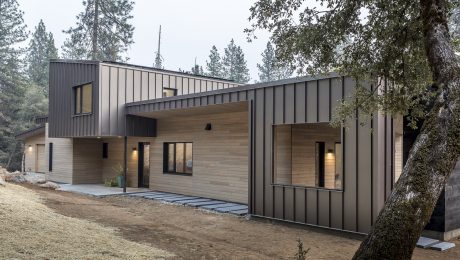
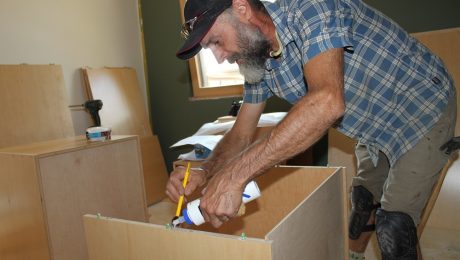
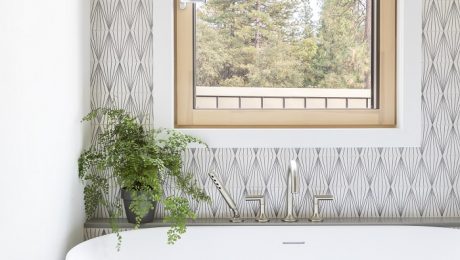

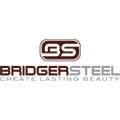
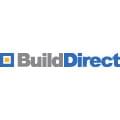

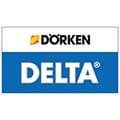


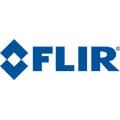

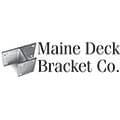



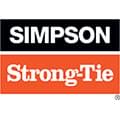

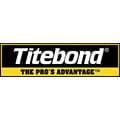

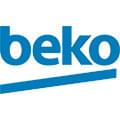

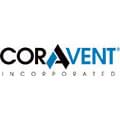


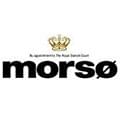

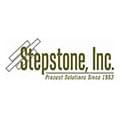


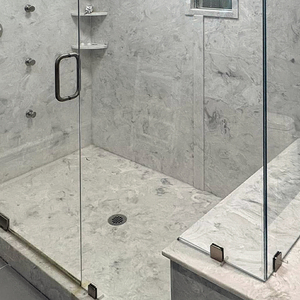
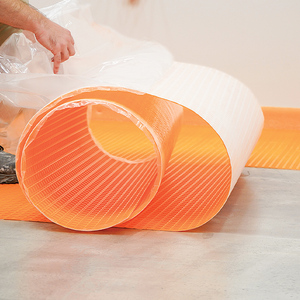
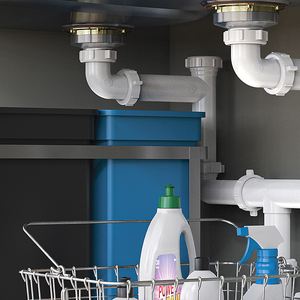
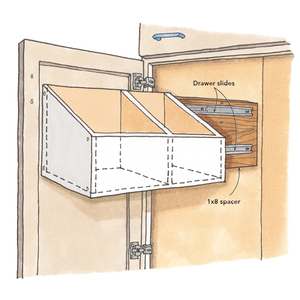









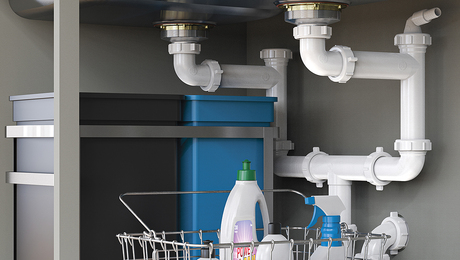










View Comments
This information is very appreciable.
Go to Schluter website and look at the training they have available. It's AWESOME!